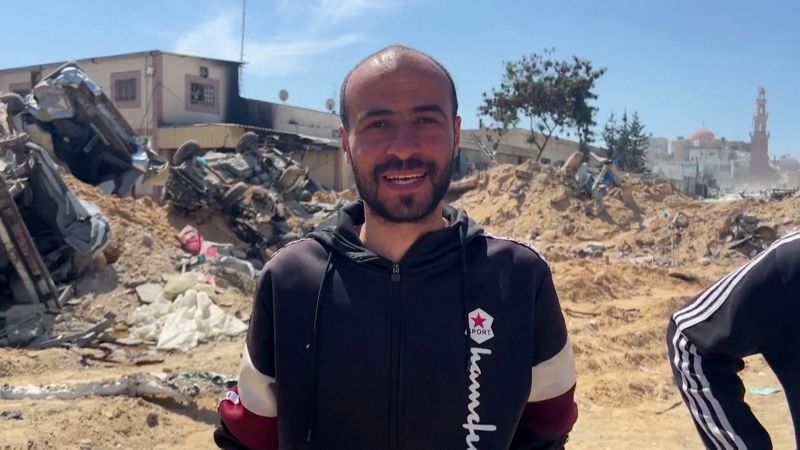The dramatic changes encountered by the residents of Khan Younis upon returning home after years of conflict is nothing short of shocking. Among the cobblestone streets where children once played, the former picturesque neighborhoods now stand in ruins. As the residents navigate the battered landscape that was once home, there is a palpable sense of disbelief, loss, and mourning.
The once bustling city of Khan Younis bears the scars of a devastating conflict. Heavily bombed neighborhoods, flattened buildings, and crumbling infrastructures have transformed this previously vibrant city into a ghost town. The stark contrast between the past and present emphasizes the chilling reality; what was once a place full of life and color is now a desolate landscape filled with shadows.
Residents often equate their devastated neighborhoods to ‘death,’ insinuating that their city, their homes, and their lives as they knew it no longer exist. This sentiment reverberates through the residents’ narratives as they return to Khan Younis, fostering an undying sense of loss. These were neighborhoods where memories were made, stories were formed, and life was lived. Now all that remains are ruins and a silence that echoes through the empty streets.
Yet, among the debris and desolation, one cannot help but notice the spirit of resolve exhibited by Khan Younis’s residents. Undeterred by the destruction, the residents’ resilience flags their inherent need to restore normalcy. Families can be seen scavenging among the remnants of their past lives, trying to salvage materials to rebuild. Children, despite everything, manage to find makeshift playgrounds amid the rubble.
This trauma is not unique to Khan Younis but is mirrored in countless domains worldwide where conflict and war have razed cities. However, it is essential to isolate these effects and analyze the extent of destruction specific to Khan Younis to demand immediate action and international awareness. Khan Younis has been transformed from a lively city to a testament of war’s harsh reality.
Moreover, the ruinous state of Khan Younis raises crucial discussions about addressing immediate needs, focusing on rebuilding efforts, and restoring the residents’ lives. Essential utilities like water, electricity, and proper sanitation facilities are lacking. Restoration of basic infrastructure is the need of the hour.
The experience of Khan Younis residents presents a solemn picture of a tragedy that has resulted from years of conflict. Their narratives are a testament to both human resilience and the destructive consequence of war. However, the situation does not have to remain grim. International pressure can help facilitate the rebuilding process. Actions initiated by the global community can assist in retrieving Khan Younis from its current slump, thereby bringing back life to these desolate neighborhoods.
As unpleasant as the reality may be, it cannot be understated that Khan Younis and its residents are far from giving up. The return to their homes, despite horrendous circumstances, is a testament to their courage and unwavering hope. Despite the ruins they face, residents are determined to piece their lives back, brick by brick, memory by memory.
In conclusion, the Khan Younis tale is heartbreaking, yet it represents the profound strength, resilience, and the unending will of its people. Their fight stands as a symbol of resistance against destruction, urging the rest of the world to pay heed, extend a hand, and partake in rebuilding. As Khan Younis rises from the ashes, so will the story of its residents – a narrative of loss, hope, and resilience in the face of overwhelming adversity.




